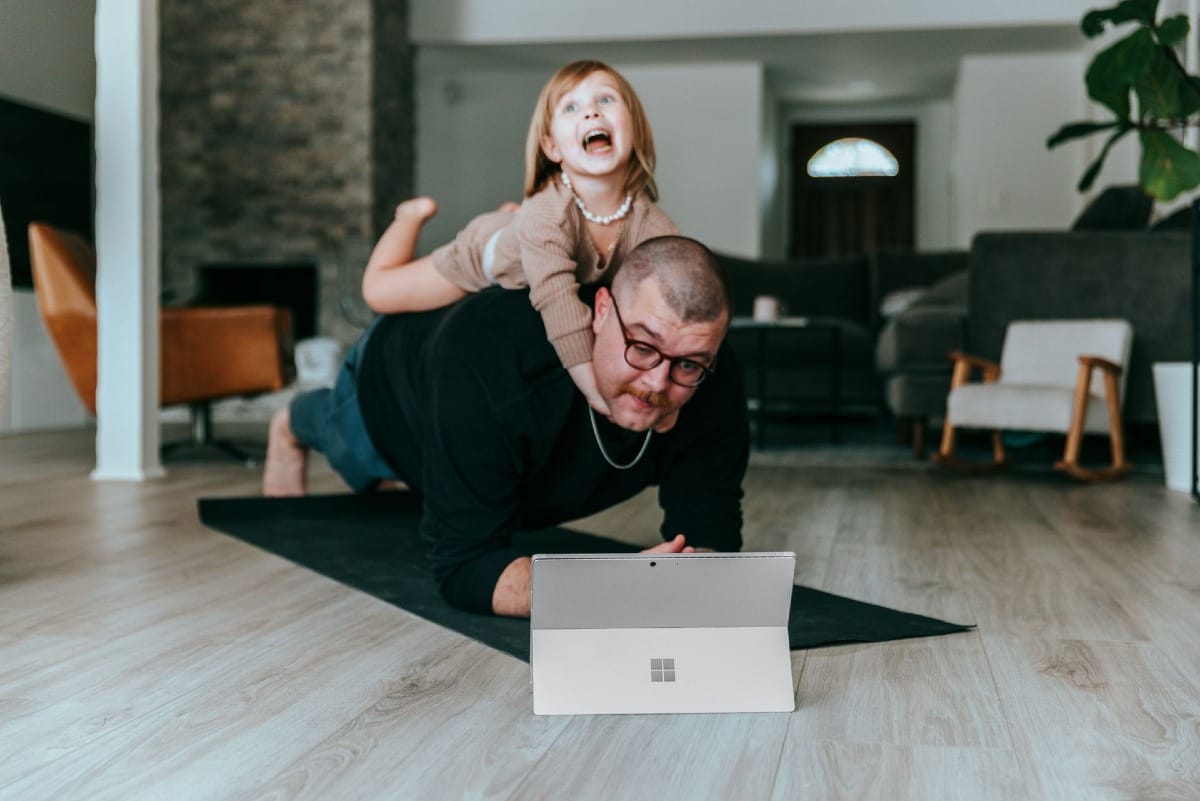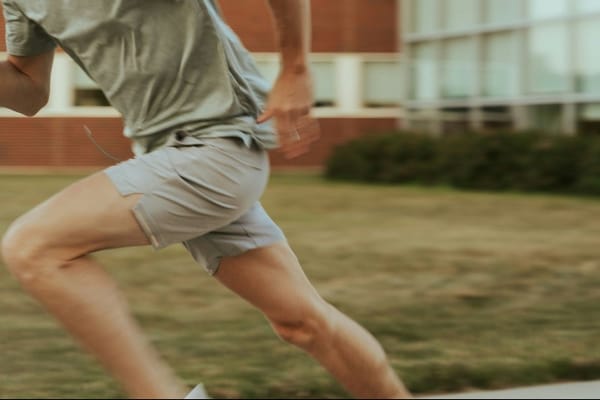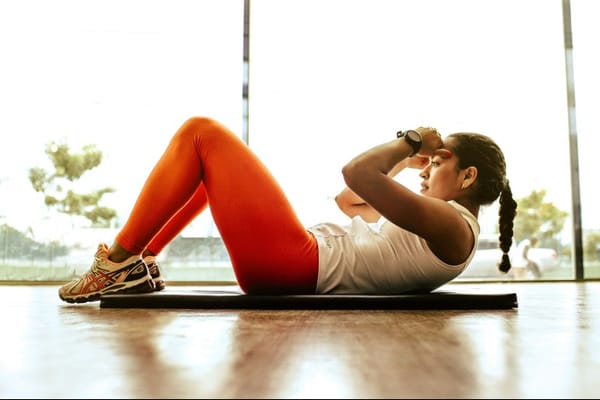Living with arthritis can be challenging, especially for older adults. However, staying active is crucial for managing symptoms and maintaining overall health. This comprehensive guide explores a variety of exercises that seniors with arthritis can safely perform at home, helping to improve flexibility, strength, and quality of life.
Understanding Arthritis and Exercise
Arthritis is a common condition affecting millions of older adults worldwide. It causes inflammation in the joints, leading to pain, stiffness, and reduced mobility. While it may seem counterintuitive, regular exercise is one of the most effective ways to manage arthritis symptoms and improve overall well-being[1].
Benefits of Exercise for Arthritis Patients
- Reduces joint pain and stiffness
- Improves flexibility and range of motion
- Strengthens muscles supporting the joints
- Enhances balance and coordination
- Boosts mood and mental health
- Helps maintain a healthy weight
Before starting any new exercise routine, it's essential to consult with a healthcare provider, especially if you have severe arthritis or other health conditions[1].
Low-Impact Cardiovascular Exercises
Cardiovascular exercises are crucial for maintaining heart health and improving overall endurance. For seniors with arthritis, low-impact options are ideal to minimize stress on the joints.
Walking
Walking is one of the simplest and most effective exercises for older adults with arthritis. It's low-impact, easy to do, and requires no special equipment[1].
- Start with short walks around the house or garden
- Gradually increase duration and distance as tolerated
- Use supportive, comfortable shoes
- Consider using a walking aid if needed for balance
Stationary Cycling
Cycling on a stationary bike provides an excellent cardiovascular workout without putting excessive stress on the joints[1].
- Adjust the seat height for comfort
- Start with 5-10 minutes and gradually increase duration
- Use low resistance initially, increasing as strength improves
- Maintain proper posture to avoid back strain
Water Exercises
While not strictly a home exercise, water-based activities are highly beneficial for arthritis patients. If you have access to a pool, consider:
- Water walking
- Gentle swimming strokes
- Aqua jogging
- Water aerobics classes designed for arthritis patients
Strength Training Exercises
Building muscle strength is crucial for supporting arthritic joints and improving overall function. Here are some strength training exercises that can be done at home:
Chair Squats
Chair squats help strengthen the legs and improve lower body stability[1].
- Stand in front of a sturdy chair
- Slowly lower yourself as if sitting down, keeping your back straight
- Just before touching the seat, stand back up
- Repeat 10-15 times, gradually increasing repetitions
Wall Push-Ups
This modified push-up is easier on the wrists and shoulders compared to traditional floor push-ups[1].
- Stand facing a wall, about arm's length away
- Place palms flat against the wall at shoulder height
- Lean in, bending your elbows
- Push back to the starting position
- Repeat 10-15 times
Resistance Band Exercises
Resistance bands are versatile tools for strength training. They're lightweight, portable, and allow for a wide range of exercises[1].
- Bicep curls
- Tricep extensions
- Leg presses
- Shoulder rotations
Start with light resistance and increase gradually. Perform 10-15 repetitions of each exercise, focusing on slow, controlled movements.
Flexibility and Range of Motion Exercises
Maintaining and improving flexibility is crucial for managing arthritis symptoms and preventing further joint stiffness.
Gentle Stretching
Incorporate these stretches into your daily routine:
- Neck rotations
- Shoulder rolls
- Wrist and ankle circles
- Hamstring stretches
- Calf stretches
Hold each stretch for 10-30 seconds, avoiding bouncing or jerking movements[1].
Tai Chi
Tai Chi is a gentle, flowing exercise that combines movement with deep breathing and meditation. It's particularly beneficial for improving balance, flexibility, and reducing stress[1].
- Look for Tai Chi instructional videos online
- Start with basic movements and progress slowly
- Focus on proper breathing and mindfulness during practice
Yoga
Yoga can be adapted for seniors with arthritis, offering benefits such as improved flexibility, balance, and stress reduction[1].
- Choose gentle or chair yoga routines
- Use props like blocks or straps for support
- Focus on proper alignment to avoid strain
- Listen to your body and avoid poses that cause pain
Balance Exercises
Improving balance is crucial for preventing falls, a common concern for older adults with arthritis.
Single-Leg Stand
This simple exercise helps improve balance and leg strength[1].
- Stand behind a sturdy chair, holding onto the back
- Lift one foot off the ground, balancing on the other leg
- Hold for 10-30 seconds, then switch legs
- Repeat 3-5 times on each leg
As balance improves, try performing the exercise without holding onto the chair.
Heel-to-Toe Walk
This exercise mimics walking on a tightrope, challenging your balance[1].
- Place the heel of one foot directly in front of the toes of the other foot
- Take a step forward, placing the heel of the front foot directly in front of the toes of the back foot
- Repeat for 10-20 steps
- Use a wall or hallway for support if needed
Hand and Finger Exercises
For those with arthritis in the hands, these exercises can help maintain dexterity and reduce stiffness.
Finger Bends
- Start with your hand open
- Slowly bend each finger towards your palm
- Hold for a few seconds, then straighten
- Repeat 10 times with each finger
Wrist Rotations
- Hold your arm out with your palm facing down
- Slowly rotate your wrist in a circular motion
- Do 10 rotations clockwise, then 10 counterclockwise
- Repeat with the other wrist
Creating a Routine and Staying Motivated
Consistency is key when it comes to managing arthritis through exercise. Here are some tips for creating and sticking to a routine:
- Start slowly and gradually increase intensity and duration
- Aim for at least 30 minutes of exercise most days of the week
- Break up exercise sessions into smaller chunks throughout the day if needed
- Keep a log of your exercises and progress
- Set realistic goals and celebrate achievements
- Find an exercise buddy or join online arthritis support groups for motivation
Remember, it's normal to experience some muscle soreness after exercising, but sharp pain is a sign to stop and consult your healthcare provider[1].
Safety Considerations
While exercise is beneficial for arthritis management, it's important to prioritize safety:
- Warm up before exercising and cool down afterward
- Listen to your body and don't push through pain
- Use proper form and technique to avoid injury
- Stay hydrated before, during, and after exercise
- Wear comfortable, supportive shoes
- Exercise in a clear, well-lit space to prevent falls
- Keep necessary medications nearby
Conclusion
Regular exercise is a powerful tool for managing arthritis symptoms and improving overall health in older adults. By incorporating a variety of low-impact cardiovascular exercises, strength training, flexibility work, and balance exercises into your daily routine, you can experience reduced pain, improved mobility, and enhanced quality of life.
Remember, the key is to start slowly, listen to your body, and be consistent. With time and patience, you'll likely find that exercise becomes an enjoyable and essential part of your arthritis management strategy. Always consult with your healthcare provider before starting a new exercise program, and don't hesitate to seek guidance from a physical therapist or certified fitness instructor experienced in working with arthritis patients.
By staying active and committed to your health, you can take control of your arthritis and enjoy a more active, fulfilling life. Remember, it's never too late to start reaping the benefits of exercise – your joints will thank you for it!
Citations:













Member discussion